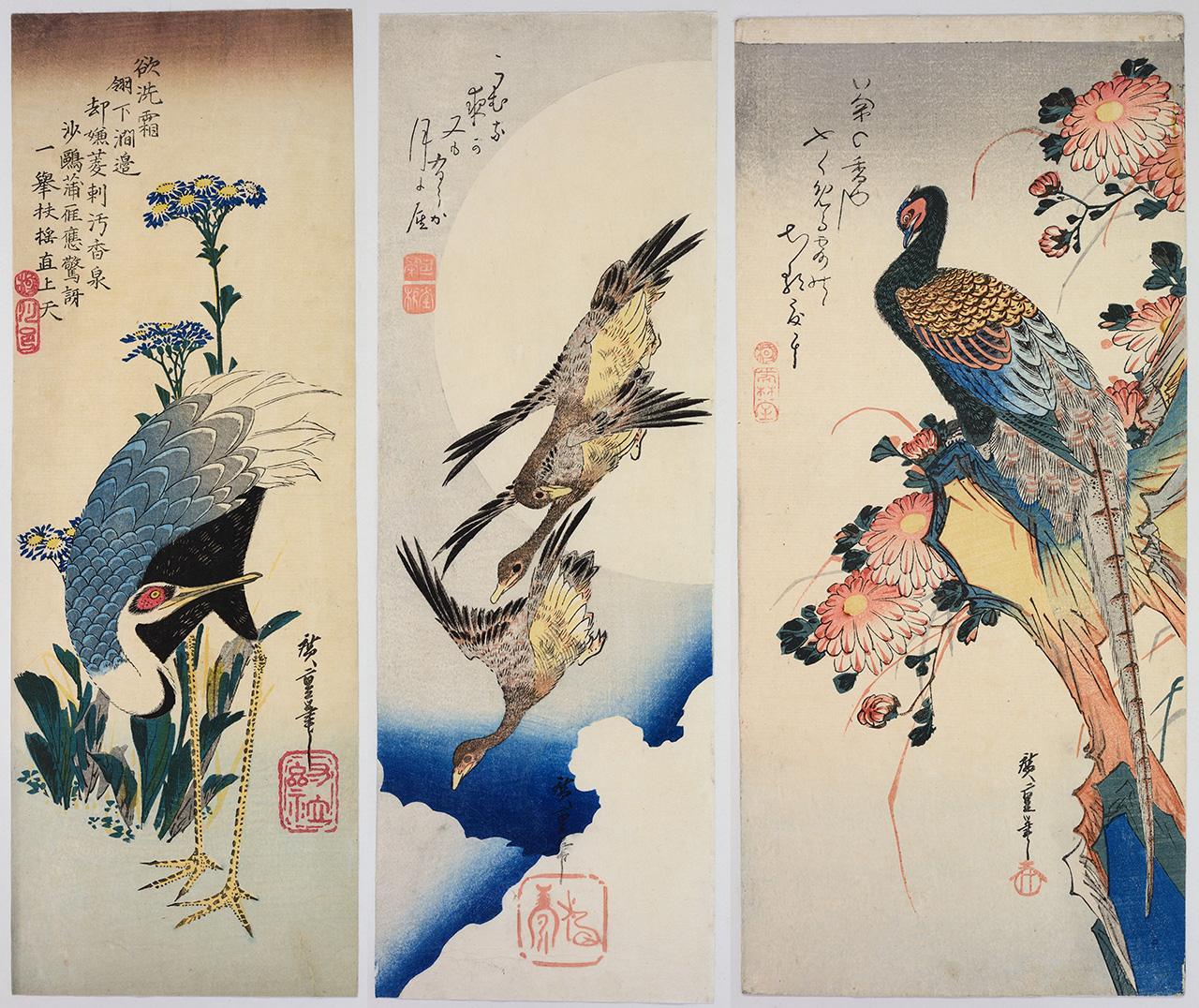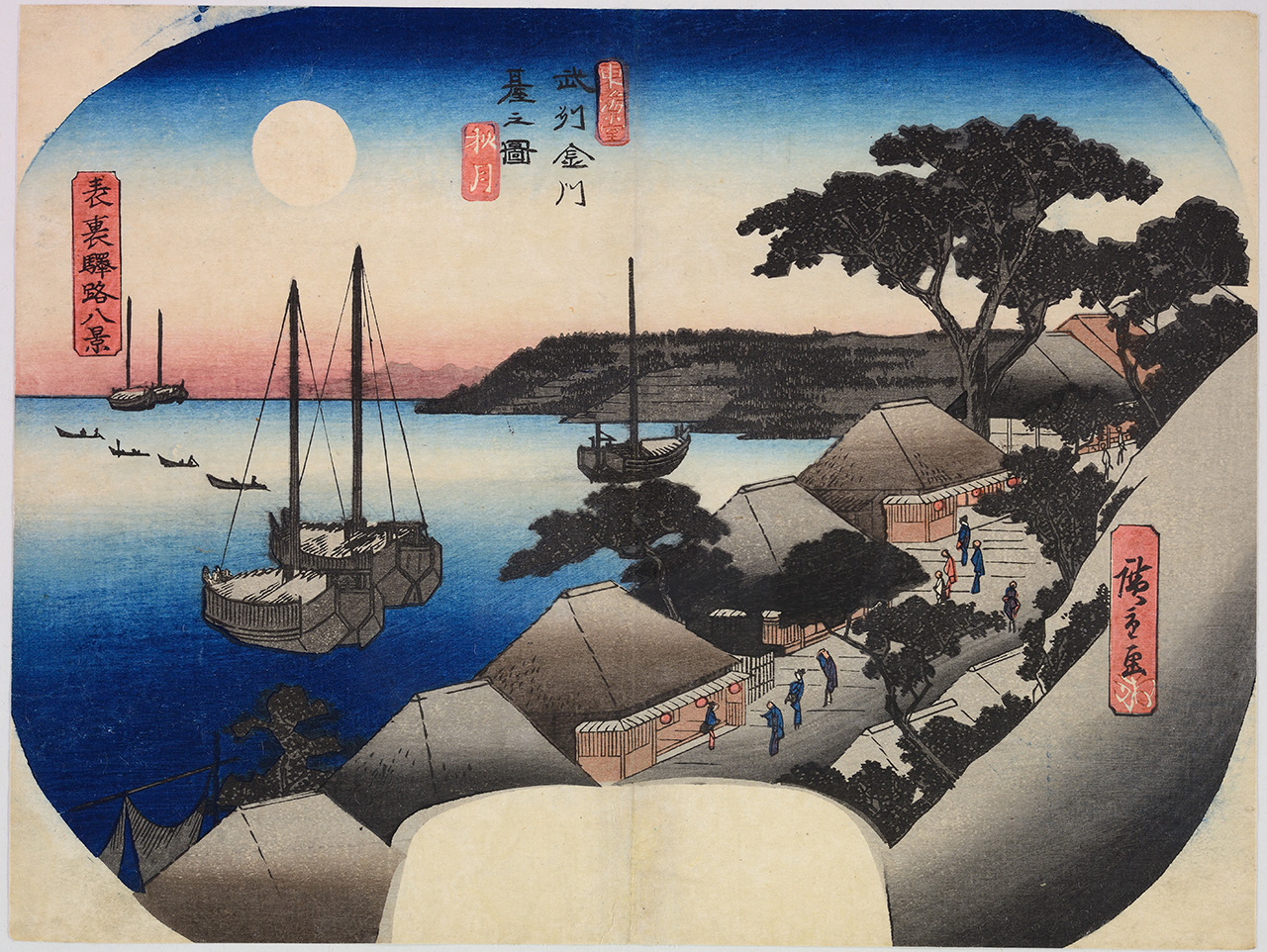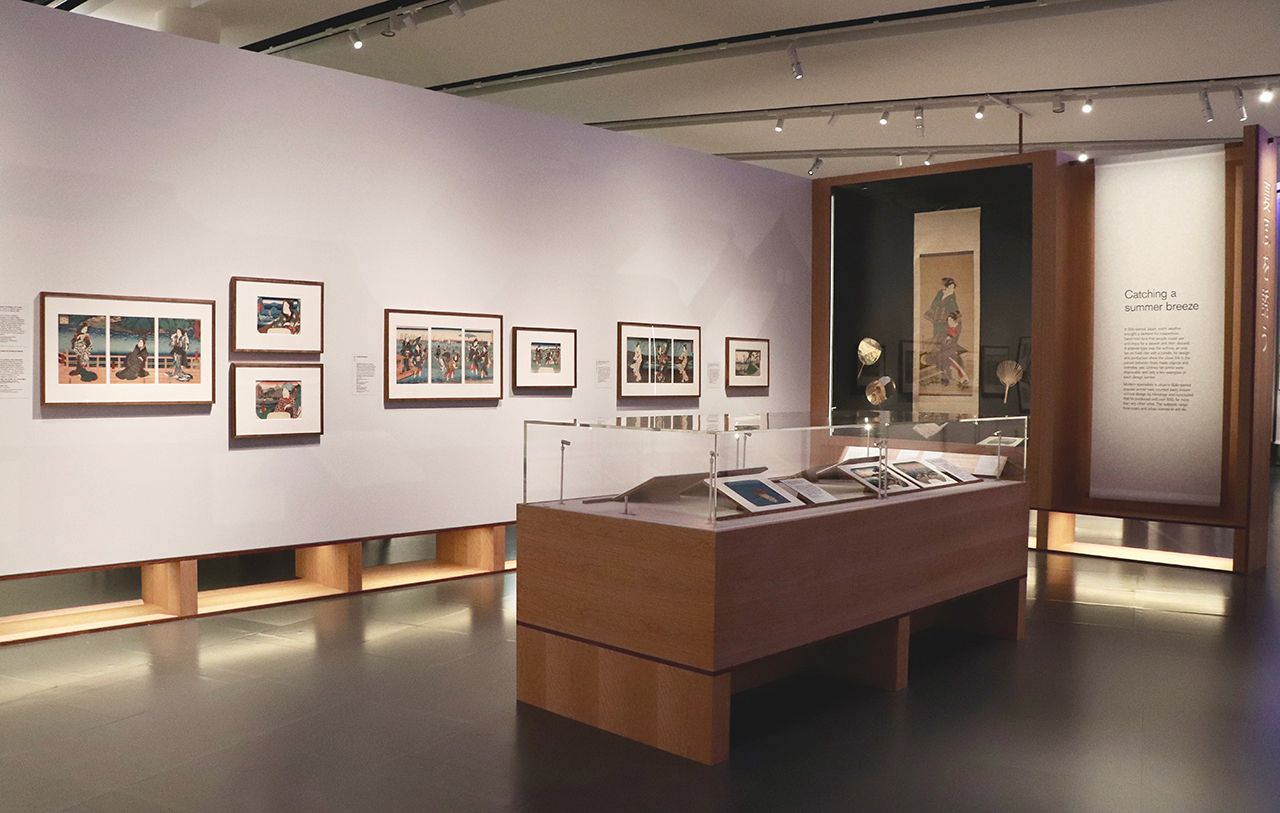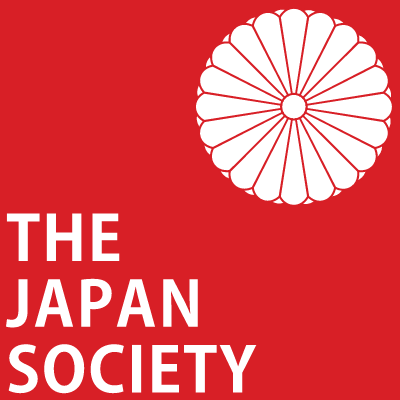Exhibition - Hiroshige: Artist of the Open Road

at British Museum
(1 May – 7 September 2025)
Review by Sanae Inagaki
Today, the name of Utagawa Hiroshige (1797-1858) is so widely known that some might expect few surprises from his work. Yet the British Museum’s Hiroshige: Artist of the Open Road — the institution’s first-ever solo exhibition dedicated to Hiroshige and the first in London in over 25 years — offers far more than a straightforward retrospective.
Rather, it invites us to reconsider Hiroshige not just as a celebrated printmaker, but as an artist who visually constructed ideas of travel, nature, and place — shaping perceptions within Japan and, eventually, abroad.
Before Hiroshige rose to fame for his landscapes, he explored an impressively diverse range of subjects. Early prints of kabuki actors, included in this exhibition, offer a glimpse into his engagement with the world of popular culture during his formative years.
Naturally, visitors will not be disappointed when encountering the famous 53 Stations of the Tokaido. The technical precision and compositional ingenuity of these works still leave a powerful impression. Hiroshige’s ability to distil scenes from a journey into striking visual moments remains as vivid today as it must have been in his own time.
Yet the true strength of the exhibition lies in its exploration of Hiroshige’s broader artistic range — how he responded to the world around him through a variety of themes and formats.
Particularly compelling is the section devoted to the traditional Japanese aesthetic appreciation of nature and the seasons. Set against the backdrop of a feudal society dominated by the samurai class, and influenced by court and shogunate painting traditions, Hiroshige’s vivid depictions of pheasants, sparrows, and other creatures on tanzaku — tall, narrow sheets traditionally used for recording tanka poetry — reveal his ability to transform poetic sensitivity into the popular medium of woodblock printing. They exemplify the delicate balance he achieved between refinement and accessibility.

Crane and asters (early 1830s) [left] / Three geese and full moon (early 1830s) [centre] / Pheasant and chrysanthemums (early 1830s) [right]
By Utagawa Hiroshige. Colour-woodblock prints.
Left: Gift from the collection of Alan Medaugh to the American Friends of the British Museum Centre and right: Collection of Alan Medaugh
© Alan Medaugh. Photography by Matsuba Ryoko
Another highlight is the display of uchiwa-e, prints made for hand-held summer fans.
Sold during the summer season, these prints illustrate Hiroshige’s remarkable adaptability. Without sacrificing the sophistication of his large-scale landscapes, he tailored his designs to ephemeral, seasonal products, covering a wide range of subjects from landscapes to still lifes.

Tokaido Autumn Moon: Restaurants at Kanagawa, Musashi Province, about 1839
By Utagawa Hiroshige. Colour-woodblock print.
Collection of Alan Medaugh © Alan Medaugh
Through these works, we glimpse both the commercial pragmatism and artistic innovation that characterised his career. The exhibition also features a well-curated selection from 100 Famous Views of Edo. For visitors familiar with contemporary Tokyo, encountering Hiroshige’s interpretations of places like Asakusa, Fukagawa, Asuka Hill, and Oji provides a fascinating experience of tracing lingering echoes of the past within today’s urban landscape.
The curators have wisely avoided overwhelming the exhibition with Hiroshige’s most iconic images alone. Instead, they balance audience expectations with fresh perspectives, expanding the viewer’s understanding of Hiroshige’s artistic world in a dynamic way.
The exhibition is further enriched by works from the collection of American Hiroshige collector Alan Medaugh, offering a deeper exploration of the artist’s legacy beyond mere fame.
In its final section, the exhibition introduces Hiroshige’s influence on artists in Japan and the West. Van Gogh and Toulouse-Lautrec are, of course, featured, but so too are works by Kawase Hasui and contemporary figures such as Julian Opie, demonstrating how Hiroshige’s visual language has been continually reinterpreted across different periods and cultural contexts.
That said, this part remains relatively succinct; the complexities of how Hiroshige’s works were received and adapted across national and temporal boundaries are only lightly touched upon. Still, the exhibition’s primary focus lies in the visual construction of "journey" and "place" in Edo-period Japan. In that respect, the curators' decision to maintain a tight thematic focus has resulted in a coherent and immersive experience.
Hiroshige: Artist of the Open Road offers visitors — even those already familiar with the artist’s renown — a rich and rewarding encounter.

Gallery Shot Four © The Trustees of the British Museum
*Top image: The Plum Garden at Kameido from 100 Famous Views of Edo, 1857. By Utagawa Hiroshige. Colour-woodblock print. Collection of Alan Medaugh © Alan Medaugh. Photography by Matsuba Ryoko

